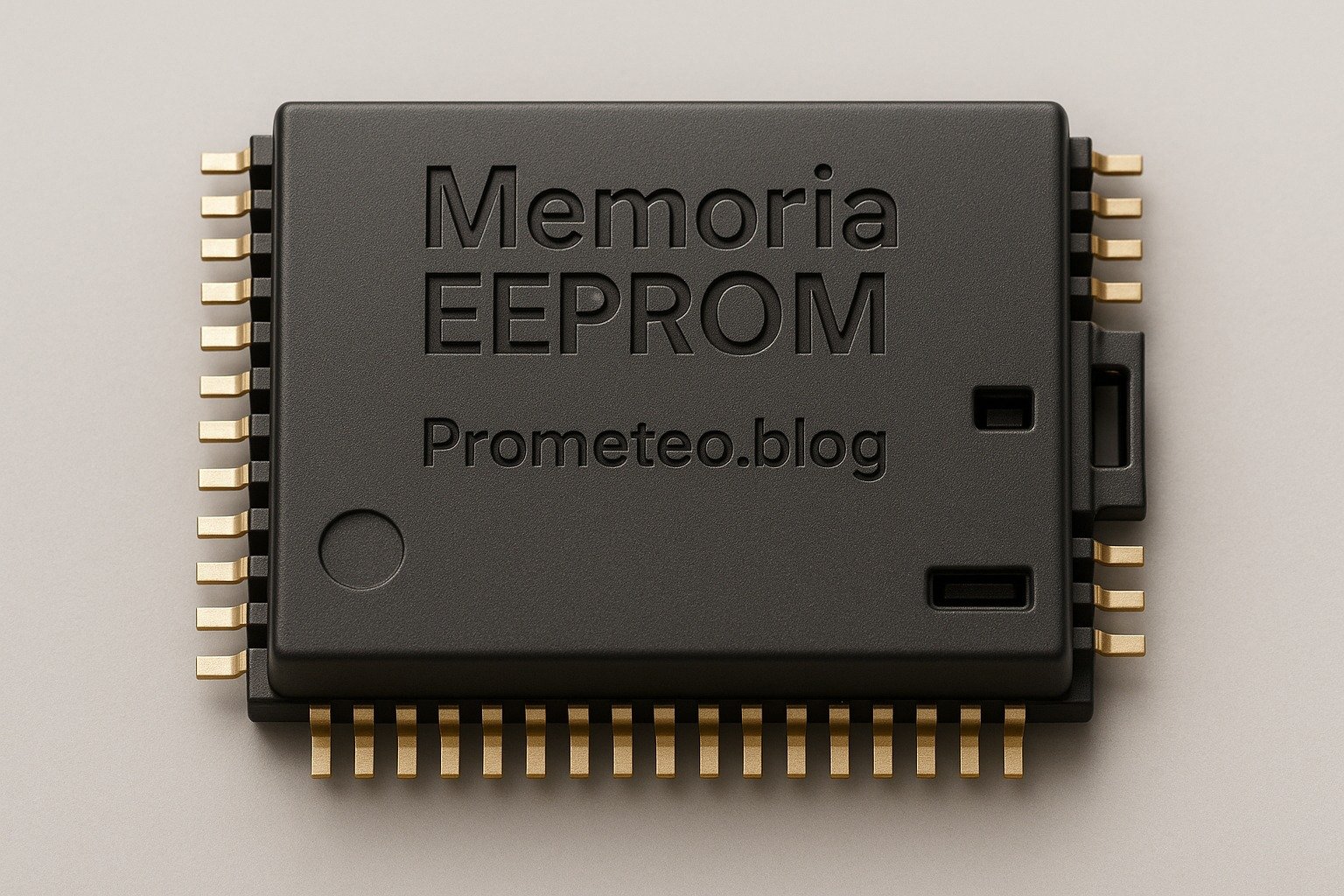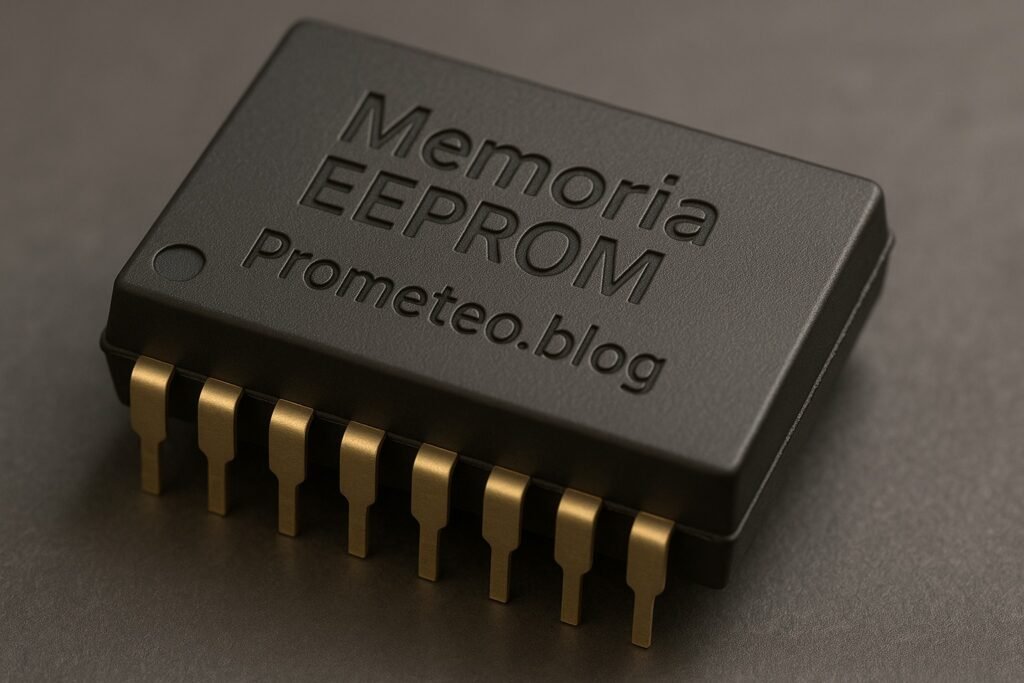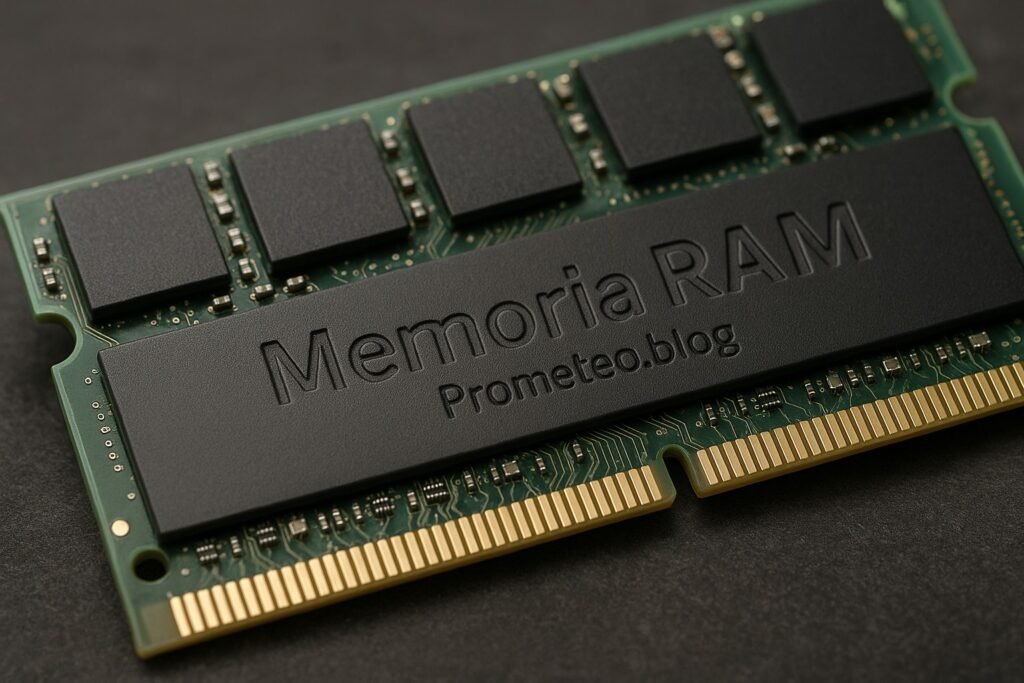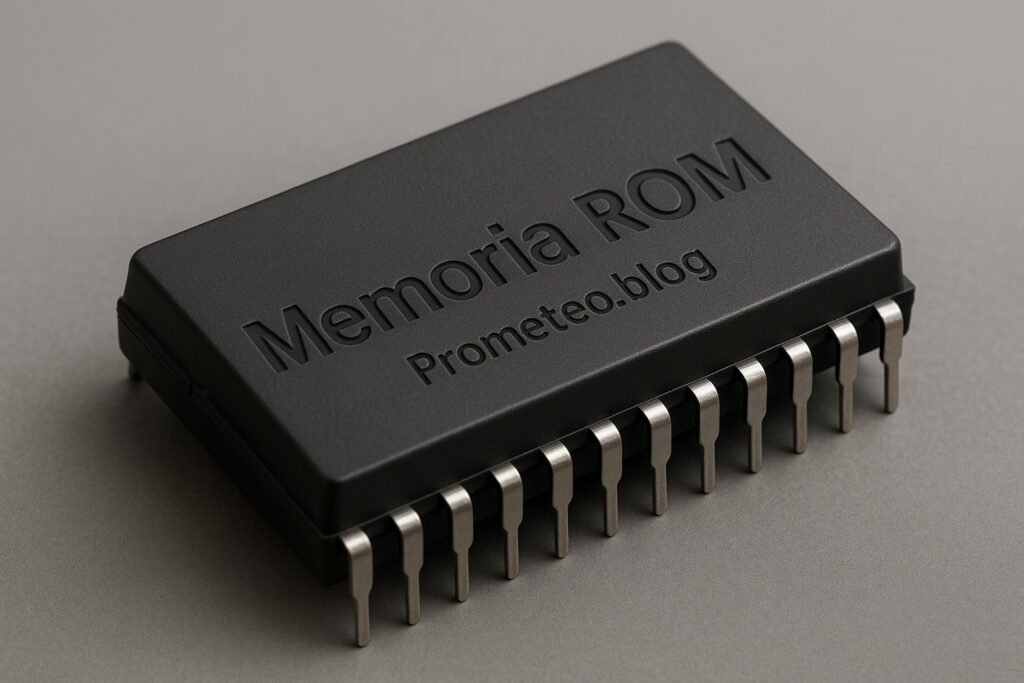Introduction
Have you ever wondered how your favorite gadgets remember settings and preferences after being powered off? Well, let me tell you about my first encounter with EEPROM. I was working on a simple microcontroller project when I discovered that EEPROM could store my data even without power. This little memory chip left a lasting impression on me, and today, it’s your turn to explore it!
In this tutorial, we will delve into the world of EEPROM, examining its fundamental principles, how it operates, its various applications, and best practices for usage. Furthermore, we will explore a concrete practical case to illustrate its functionality and effectiveness. By the end of this guide, you will have a comprehensive understanding of EEPROM and how to leverage it in your projects.
Fundamentals
EEPROM, which stands for Electrically Erasable Programmable Read-Only Memory, is a non-volatile memory technology that retains information even when power is lost. This characteristic is what sets it apart from volatile memory types like RAM, which lose their data when the power is turned off.
Structure and Characteristics
EEPROM is composed of an array of memory cells, each of which can store a bit of data. These cells are typically made from floating-gate transistors, which can trap electrons, allowing the memory to maintain its state without a continuous power supply. The key characteristics of EEPROM include:
- Non-volatility: Data is preserved even when the device is powered down.
- Reusability: EEPROM can be erased and reprogrammed electrically, making it flexible for various applications.
- Byte-level access: Unlike some other memory types, EEPROM allows data to be read and written on a byte-by-byte basis, which can be advantageous for specific applications.
Types of EEPROM
There are several types of EEPROM, including:
- Serial EEPROM: This type communicates using a serial protocol, typically I2C or SPI. It is popular in applications where space is limited.
- Parallel EEPROM: This type allows for faster data transfer rates as it can read and write multiple bits simultaneously. However, it requires more pins and space on the circuit board.
- Flash Memory: Although technically not EEPROM, flash memory shares many characteristics with it. Flash memory is often used in larger storage applications, such as USB drives and SSDs.
How it Works
EEPROM operates by using a process known as tunneling to write and erase data. Here’s a simplified breakdown of how this process works:
-
Writing Data: To write data to an EEPROM cell, a higher voltage is applied to the control gate of the floating-gate transistor. This voltage causes electrons to tunnel through a thin insulating layer and become trapped in the floating gate. The presence or absence of these trapped electrons represents the binary states of 1 or 0.
-
Reading Data: To read the stored data, a lower voltage is applied to the control gate. If the floating gate has trapped electrons, it will influence the current flow through the transistor, indicating a binary 0. Conversely, if no electrons are trapped, the transistor will allow current to flow, indicating a binary 1.
-
Erasing Data: The erasure process involves applying a negative voltage to the control gate, which causes the trapped electrons to tunnel back out of the floating gate, resetting the cell to its original state.
Advantages of EEPROM
- Durability: EEPROM can endure a significant number of write and erase cycles, typically in the range of 1 million to 10 million cycles.
- Data Retention: Data can be retained for many years, often exceeding 10 years without power.
- Flexibility: The ability to write and erase data at the byte level allows for efficient memory management.
Disadvantages of EEPROM
- Speed: Writing data to EEPROM is slower compared to RAM and other types of memory.
- Limited Write Cycles: While it can handle millions of cycles, EEPROM will eventually wear out after extensive use, necessitating careful management of write operations.
Applications
EEPROM has a wide range of applications across various fields due to its unique characteristics. Here are some common uses:
Consumer Electronics
In devices such as remote controls, cameras, and microwaves, EEPROM is used to store user settings and preferences, ensuring that they remain intact even when the device is powered off.
Automotive
Modern vehicles utilize EEPROM to store critical information such as configuration settings, calibration data, and even diagnostic trouble codes. This ensures that the vehicle’s systems can be restored to their previous states after a power loss.
Industrial Equipment
In industrial applications, EEPROM is often used for storing parameters and settings for machinery and equipment. This allows for easy reconfiguration and maintenance, as settings can be stored and retrieved as needed.
Medical Devices
Medical devices often rely on EEPROM to store patient data, calibration settings, and operational parameters. The non-volatile nature of EEPROM ensures that vital information is preserved even in the event of power failure.
Smart Cards
EEPROM is a key component in smart cards, where it is used to store sensitive information securely. This includes personal identification data, financial information, and access credentials.
Best Practices and Limitations
While EEPROM is a versatile and reliable memory option, there are several best practices and limitations to consider when integrating it into your projects.
Best Practices
- Limit Write Operations: To extend the lifespan of EEPROM, minimize the number of write operations. Consider strategies such as wear leveling, where data is distributed evenly across the memory cells to avoid excessive wear on specific areas.
- Use Proper Voltage Levels: Ensure that the voltage levels used for writing and erasing data are within the specifications provided by the manufacturer to prevent damage to the memory cells.
- Implement Error Checking: Incorporate error-checking mechanisms, such as checksums or CRCs (Cyclic Redundancy Checks), to ensure data integrity when reading from or writing to EEPROM.
Limitations
- Speed Constraints: Be aware that EEPROM is slower than volatile memory types like RAM. If your application requires rapid data access, consider using a combination of EEPROM and RAM.
- Endurance Limitations: While EEPROM can handle millions of write cycles, it is not infinite. Monitor usage and implement wear leveling strategies to prolong its life.
- Capacity Constraints: EEPROM typically offers less storage capacity compared to other non-volatile memory types, such as flash memory. Evaluate your storage needs carefully when selecting a memory type for your application.
Concrete Practical Case
To illustrate the functionality of EEPROM, let’s consider a practical example involving a simple temperature monitoring system using a microcontroller.
Project Overview
In this project, we will create a temperature monitoring system that records the temperature readings every hour and stores them in an EEPROM. The system will also allow users to retrieve the last 10 readings even after the device is powered off.
Components Required
- Microcontroller (e.g., Arduino or similar)
- Temperature sensor (e.g., LM35 or DHT11)
- EEPROM (e.g., AT24C32)
- Breadboard and jumper wires
- Power supply
Implementation Steps
-
Wiring the Components: Connect the temperature sensor to the microcontroller, ensuring to follow the correct pin configurations. Connect the EEPROM to the microcontroller using the appropriate communication protocol (I2C or SPI).
-
Programming the Microcontroller: Write a program that:
- Initializes the temperature sensor and EEPROM.
- Reads the temperature data from the sensor every hour.
- Stores the latest 10 readings in the EEPROM, overwriting the oldest reading when the limit is reached.
Here’s a simplified version of the code:
cpp\n #include <Wire.h>\n #include <EEPROM.h>\n\n const int sensorPin = A0; // Assuming the temperature sensor is connected to analog pin A0\n const int maxReadings = 10;\n int readings[maxReadings];\n int currentIndex = 0;\n\n void setup() {\n Serial.begin(9600);\n Wire.begin();\n // Load previous readings from EEPROM\n for (int i = 0; i < maxReadings; i++) {\n readings[i] = EEPROM.read(i);\n }\n }\n\n void loop() {\n // Read temperature\n int temperature = analogRead(sensorPin);\n readings[currentIndex] = temperature;\n\n // Store in EEPROM\n EEPROM.write(currentIndex, temperature);\n currentIndex = (currentIndex + 1) % maxReadings;\n\n // Wait for an hour before the next reading\n delay(3600000); // 1 hour in milliseconds\n }\n
-
Testing the System: After uploading the code to the microcontroller, monitor the temperature readings via the Serial Monitor. Power off the device and turn it back on to verify that the last 10 readings are retained in the EEPROM.
-
Data Retrieval: To enhance the project, you can implement a function that retrieves and displays the last 10 temperature readings stored in the EEPROM when requested by the user.
Conclusion
EEPROM is a powerful and versatile memory technology that plays a crucial role in various applications, from consumer electronics to industrial systems. Its non-volatile nature, durability, and flexibility make it an ideal choice for situations where data retention is vital.
By understanding its fundamentals, operation, and best practices, you can effectively incorporate EEPROM into your projects, ensuring that your devices remember critical information even when powered off. The practical case presented demonstrates how easy it is to use EEPROM in a temperature monitoring system, showcasing its real-world applicability.
As you embark on your journey with EEPROM, remember to consider its limitations and implement best practices to maximize its lifespan and performance. Happy tinkering!
Third-party readings
- Uso de memoria EEPROM de Arduino
- 28. EEPROM serial – Tutorial MyRio – UPV/EHU
- Usando EEPROM con Arduino • AranaCorp
Find this product and/or books on this topic on Amazon
As an Amazon Associate, I earn from qualifying purchases. If you buy through this link, you help keep this project running.
Quick Quiz




